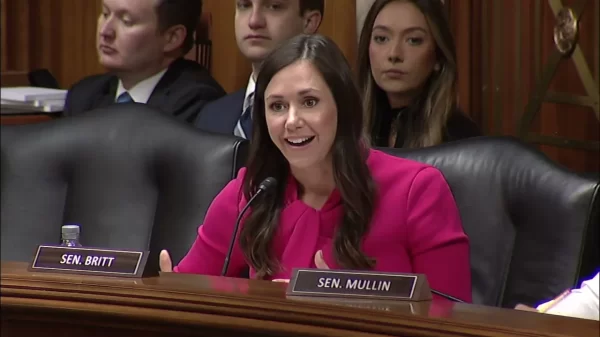The Joint Prison Oversight Committee is preparing to convene for its annual public hearing today. Ahead of the hearing, the American Civil Liberties Union of Alabama is asking lawmakers to confront what it describes as a systemic failure in transparency and accountability within the state’s prison system.
Ahead of the legislative hearing, the organization is grounding its call to action in findings from its recently released Death Capital Report, compiled by the ACLU of Alabama and the national ACLU after thousands of hours of research, which details the Alabama Department of Corrections’ inability to fully report how people are dying behind bars.
The report tracked all known deaths in state custody during 2024. According to the findings, 277 incarcerated individuals died that year, and 105 of those deaths were classified as either “unknown” or “under investigation,” making it nearly impossible for families, policymakers or the public to understand their actual nature.
The ACLU is pressing the oversight committee to push for reforms. This includes mandating autopsies for every in-custody death and providing clear public definitions for death classifications.
The ACLU argues that the state’s current classification system fails to provide meaningful information, relying on broad, undefined terms like “natural causes,” “accidental,” and “undetermined.”
In some instances, deaths resulting from violence were labeled “natural,” while others were recorded as “autopsy not authorized,” a designation that shows gaps in state law rather than family objection. Through November 2024, 22 deaths in ADOC’s custody fell into this category.
In cases labeled “autopsy not authorized,” it is often assumed that families declined an autopsy, when in reality, Alabama law does not require one for in-custody deaths.
The ACLU’s report also criticizes the ADOC for abandoning monthly death reporting in 2019, and one of their calls to action is to reinstate monthly reports. The department now issues quarterly updates that exclude basic demographic data, making it more difficult to evaluate trends or disparities.
Without consistent reporting or clear standards for death classifications, there’s little to no way to measure whether conditions are improving or deteriorating.
The data that is available shows clear racial disproportionality. Although Black Alabamians make up just over a quarter of the state’s population, nearly half of the people who died in custody were Black. Among those who died by homicide, 72 percent were Black.
The report also underscores how Alabama’s prison drug trade continues to thrive, despite strict limitations on visitation. Seventeen percent of the deaths in 2024 were attributed to accidental causes or overdoses. At least 38 ADOC staff members were arrested for contraband-related offenses during the year, including a warden indicted on drug charges.
Without such changes, the organization warns, Alabama will continue to operate a prison system in which people die in secrecy.





















































